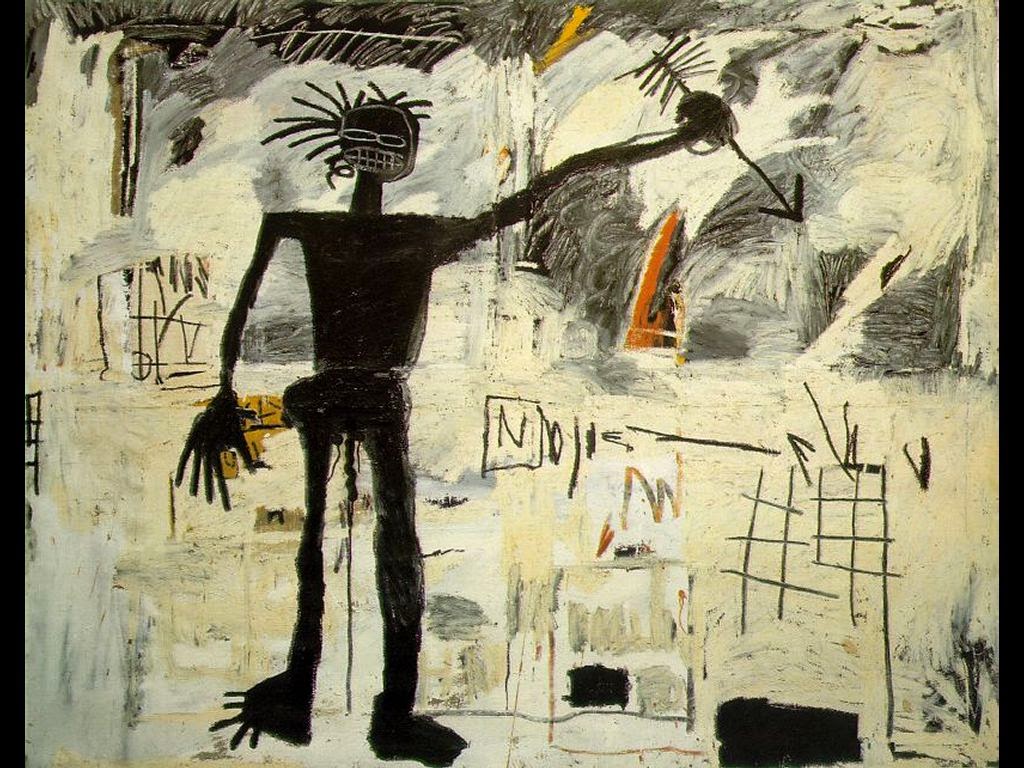A recurring theme in the art and literature that we've covered is the impossibility of unambiguous communication by language. Kafka, for example, is filled with grand misunderstandings and meaningless, improbable events; Dada is sometimes deliberately nonsensical and devoid of meaning; and in
Rosencrantz and Guildenstern are Dead, the central characters don't understand the profound and important events happening around them and they constantly misunderstand each other.
The reason I'm thinking about this is that I recently ran into an enigmatic Medieval/Renaissance text during my trawling of the interwebs. The book is known as the Voynich manuscript, after the Polish book dealer who rediscovered it in 1912. The manuscript, dated to around 1420 in Northern Italy, is an extremely eerie series of diagrams, ranging from mundane drawings of plants at the beginning to fantastical and disturbing machinery and nonsensical astronomical diagrams. The picture below, for example, is in the "astronomical" section of the text; to me it was one of the weirder pages. The most bizarre thing about the manuscript, though, is the accompanying text. Every diagram is accompanied by what appears to be a description, in some 30 different glyphs arranged in words and paragraphs. However, they do not resemble any known alphabet, and cryptographers, linguists, and historians have been totally unable to extract any information from them except for a few simple patterns, leading to speculation that it is, in fact, simply meaningless nonsense.
You can see the entire manuscript
here; I took the following image from that pdf:
Considering this as well as the nonsensical nature of the diagrams, I think that it is likely entirely meaningless--created either as a fantastically elaborate prank or for the amusement and fascination of the author or a patron. It is extremely intriguing to look at, like an encyclopedia from some long-lost civilization, and I don't think it is unlikely that its creator could have made it expressly to create that effect. I think it is also possible that the creator was just completely out of his mind, considering the obsessive interest that went into the diagrams and the amount of time it would take to invent such a convincing but utterly indecipherable language, as well as the disturbing content of the diagrams, especially toward the end.
Getting back to my tenuous connection with post-modern art, I think that this text shows that our interest in ambiguity and nonsense is nothing new. Nobody could argue that the Voynich manuscript is not a deliberate attempt to imitate language in a completely incomprehensible way, and it's hard to defend the claim that it's an attempt at communication at all. Instead, it seems like something created for the fascinating quality of its ambiguity and mystery. I think that if the manuscript is intended to be seen by other people at all, it is supposed to be a piece of art, in which case it is a remarkably original and prescient one.







